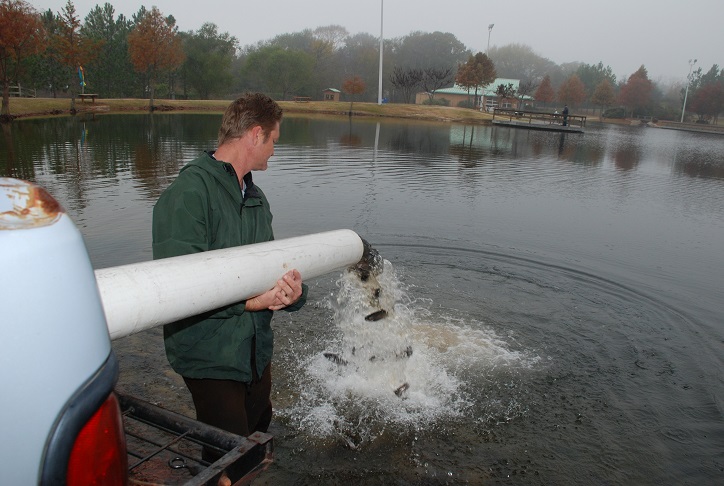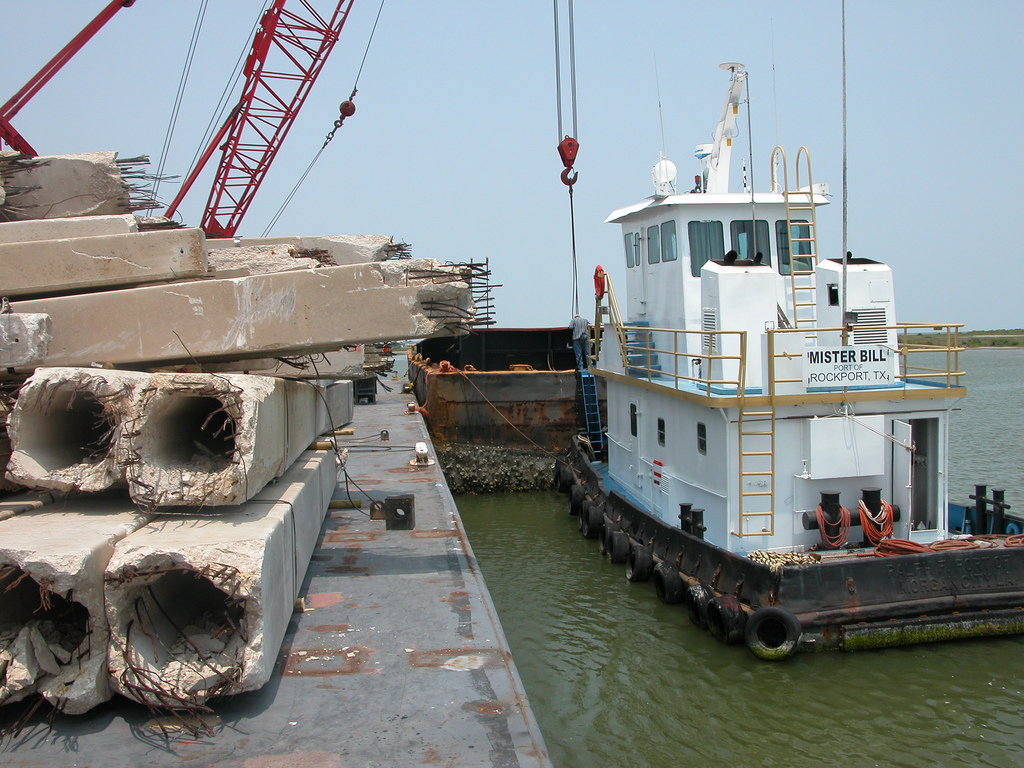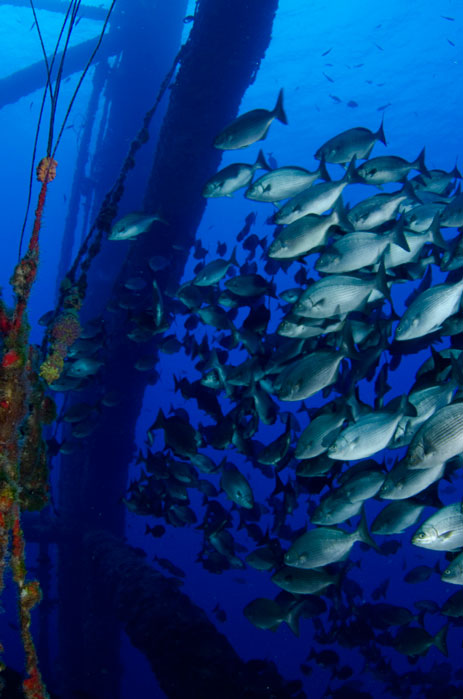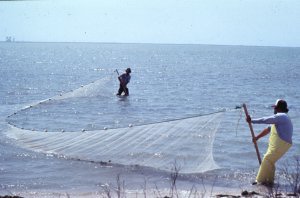Stocking Rainbow Trout into Area Fishing Holes
Tuesday, December 27th, 2016This is Passport to Texas
It’s the holiday season; what better way to celebrate than with rainbows – rainbow trout, that is.
We do winter stockings when the water temperatures permit it, to provide an opportunity for anglers to catch trout in Texas. It’s a species of fish that anglers wouldn’t catch otherwise, so we stock them, and we intend them all to be caught out during the season.
Carl Kittel (kitl) is a program director for Inland Fisheries. Thanks to good rainfall throughout most of the state, access to waterbodies.
This year, things are pretty well back to normal. Looks like our normal level of stocking will happen.
Kittel says the agency will stock about 150 sites around the state, distributing more than 290-thousand rainbow trout. The fish will be divided among the various locations, including urban neighborhood fishin’ holes.
We publish a schedule on the Texas parks and Wildlife Department web page. Look for the winter trout stocking link.
Carl Kittel says we stock rainbows in winter because these fish cannot survive our hot summers. So, when you reel one in this winter, take it home and eat it.
The Sport fish restoration program supports our series and helps to fund rainbow trout stocking in Texas…
We record our series at The Block House in Austin, Texas and Joel Block engineers our program.
For Texas Parks and Wildlife…I’m Cecilia Nasti.







 Passport to Texas is a
Passport to Texas is a  Passport to Texas is made available by:
Passport to Texas is made available by: